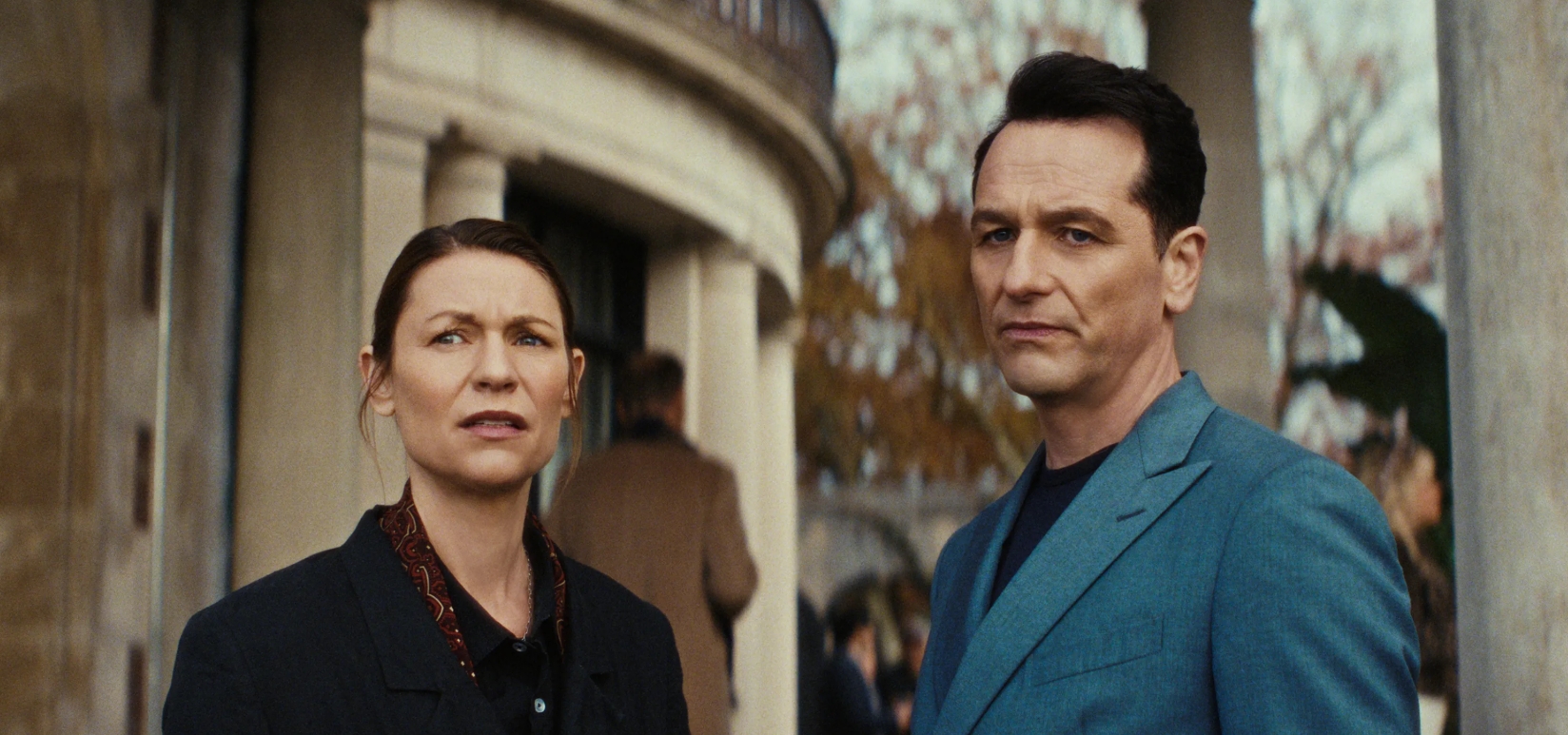The science fiction and action genres have long been home to tales of giant monsters, heroic underdogs, and humanity’s struggle against seemingly insurmountable odds. By 2013, audiences were familiar with kaiju films from Japan like Godzilla, as well as Hollywood’s penchant for spectacular destruction in films such as “Independence Day” and “Transformers.” Yet, ‘Pacific Rim’, directed by Guillermo del Toro, managed to carve a new identity despite drawing clear inspiration from these traditions.
Expansive Visual Universe Creation and Aesthetics
One of the film’s most defining qualities is its world-building. Del Toro and his creative team invested significant energy into crafting a believable near-future Earth overrun by breaches in the Pacific that allow monstrous kaiju to invade. What sets this film apart is not just the sheer size of its robotic protagonists, known as Jaegers, or the monstrous grandeur of the kaiju, but the intricate design philosophy behind them. Jaegers like Gipsy Danger and Striker Eureka are distinctly characterized, blending mechanical realism with unique personalities reflected in their national origins and pilot backstories.
Moreover, the kaiju are more than mindless beasts; each is individualized with a name, powers, and even tactical intent, forging a memorable rogues’ gallery. The production design team drew on a wide palette of inspiration ranging from classical monster movies to contemporary anime, yet synthesized these influences into an aesthetic wholly organic to the film’s universe.
Synchronicity Amplifies Emotional Impact
Central to the film’s narrative innovation is the concept of Drift compatibility. Unlike the lone-wolf hero tropes common in Western blockbusters, “Pacific Rim” introduces a neural handshake mechanism requiring two pilots to synchronously operate a Jaeger. This concept reimagines combat as a deeply psychological and emotional experience, where physical prowess must be matched by emotional compatibility. The Drift compels characters to confront trauma, vulnerability, and interpersonal trust, moving action sequences from mere spectacle to windows into human connection.
Case studies derived from both fan and critical reception underscore the profound impact this particular mechanism had on its audience. For instance, the collaborative dynamic between Mako Mori and Raleigh Becket sparked considerable fan involvement, fueling widespread conversations across various online platforms and giving rise to the “Mako Mori Test” as a distinct metric for evaluating female character autonomy in cinema, offering an alternative to the Bechdel Test.
Subverting Genre Stereotypes
While numerous colossal creature features often celebrate military valor or patriotic fervor, “Pacific Rim” embraces a global outlook. The Pan Pacific Defense Corps functions as a worldwide alliance, not solely an American rescue operation, featuring Jaegers and their operators originating from Australia, China, Russia, and Japan, in addition to the United States. This diverse cultural representation is also reflected in the film’s cast and storytelling, with Rinko Kikuchi’s Mako Mori developing into a central figure whose journey is just as crucial as those of her male colleagues.
Guillermo Del Toro himself, in various discussions, highlighted the significance of portraying collaboration rather than confrontation, stressing the vital role of solidarity when confronting an existential danger. The movie’s visual style, ranging from the vibrant Jaegers to the besieged urban landscapes, consistently reinforces this principle of collective power.
Practical Effects and Innovative Cinematography
Another aspect elevating “Pacific Rim” is its approach to visual effects. In a landscape dominated by often weightless CGI, Del Toro insisted on volumetric realism: Jaegers move with a sense of mass and inertia, while their impacts on urban environments are meticulously rendered. This is achieved through a blend of computer-generated imagery and extensive use of practical effects for cockpit sequences. Pilot actors physically endure simulated impacts, intense strobe lighting, and real water, amplifying believability and audience immersion.
The movie’s utilization of color is just as groundbreaking. Drawing inspiration from anime aesthetics, every sequence features vibrant blues, oranges, and neon hues, boldly departing from the muted color schemes prevalent in modern blockbusters. Reviewers lauded this visual audacity as both an homage to genre conventions and an innovative reimagining.
Music and Sound: Crafting an Auditory Identity
Ramin Djawadi’s musical composition for “Pacific Rim” warrants particular recognition. Rather than relying on the standard orchestral crescendos often found in Hollywood action sequences, Djawadi crafted an auditory environment that fuses electric guitars, conventional orchestral arrangements, and industrial components. The resulting musical themes, especially those accompanying Jaeger advancements and kaiju confrontations, strike a balance between a heroic and an industrial character, elevating the tension and providing a distinct sonic presence for the movie’s enormous contraptions.
Sound engineering amplifies the feeling of immense scale, employing profound, echoing growls and metallic impacts that differentiate every kaiju and Jaeger. This fostered a sensory engagement that reviewers compared to genuinely “experiencing” the force of the confrontations.
Metatextual Homage and Genre Comprehension
Guillermo del Toro approached “Pacific Rim” not simply as mindless entertainment but as a metatextual tribute to the genres that inspired him. The film wears its influences on its sleeve, from nods to mecha anime such as “Neon Genesis Evangelion” and “Gundam” to cinematic references to “Godzilla” and “Ultraman.” Yet, it avoids pastiche by synthesizing these elements into fresh narrative rhythms and visual spectacles.
Analysts note how the film’s opening overture, eschewing a slow build-up for immediate world-shattering action, reflects a keen awareness of modern audience expectations, updating kaiju mythos for a new century without losing the emotional and thematic core.
Enduring Cultural Influence
Despite mixed box office results in North America, “Pacific Rim” succeeded internationally, resonating strongly in markets such as China and Japan. Its massive merchandising appeal generated toys, comics, novels, and an animated Netflix series, underlining the film’s capacity to generate transmedia storytelling.
Academically, the movie sparked new conversations about genre blending, worldwide film creation, and depictions of trauma, with numerous articles exploring its innovative method for character interactions and collaborative efforts.
“Pacific Rim” distinguishes itself within its category by merging a profound respect for kaiju and mecha heritage with innovative narrative, profound emotional resonance, and a magnificent audiovisual presentation. It transformed classic figures into contemporary legends, enhancing both the grandeur and the essence of the genre. By centering on themes of solidarity, compassion, and creative world-building, “Pacific Rim” broadened the scope of what a colossal monster movie could signify and achieve for viewers worldwide.




